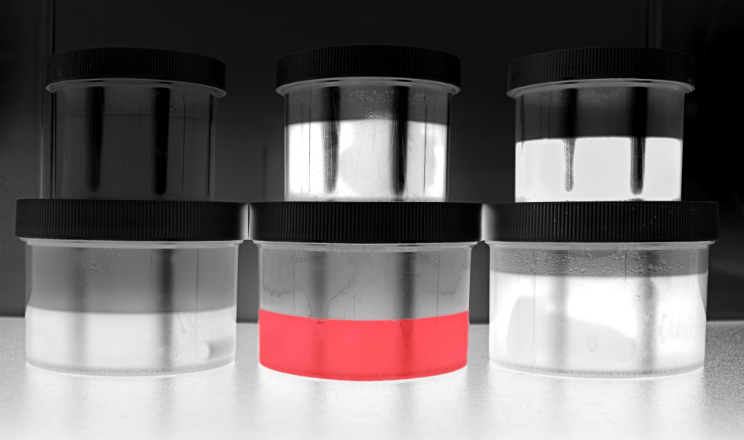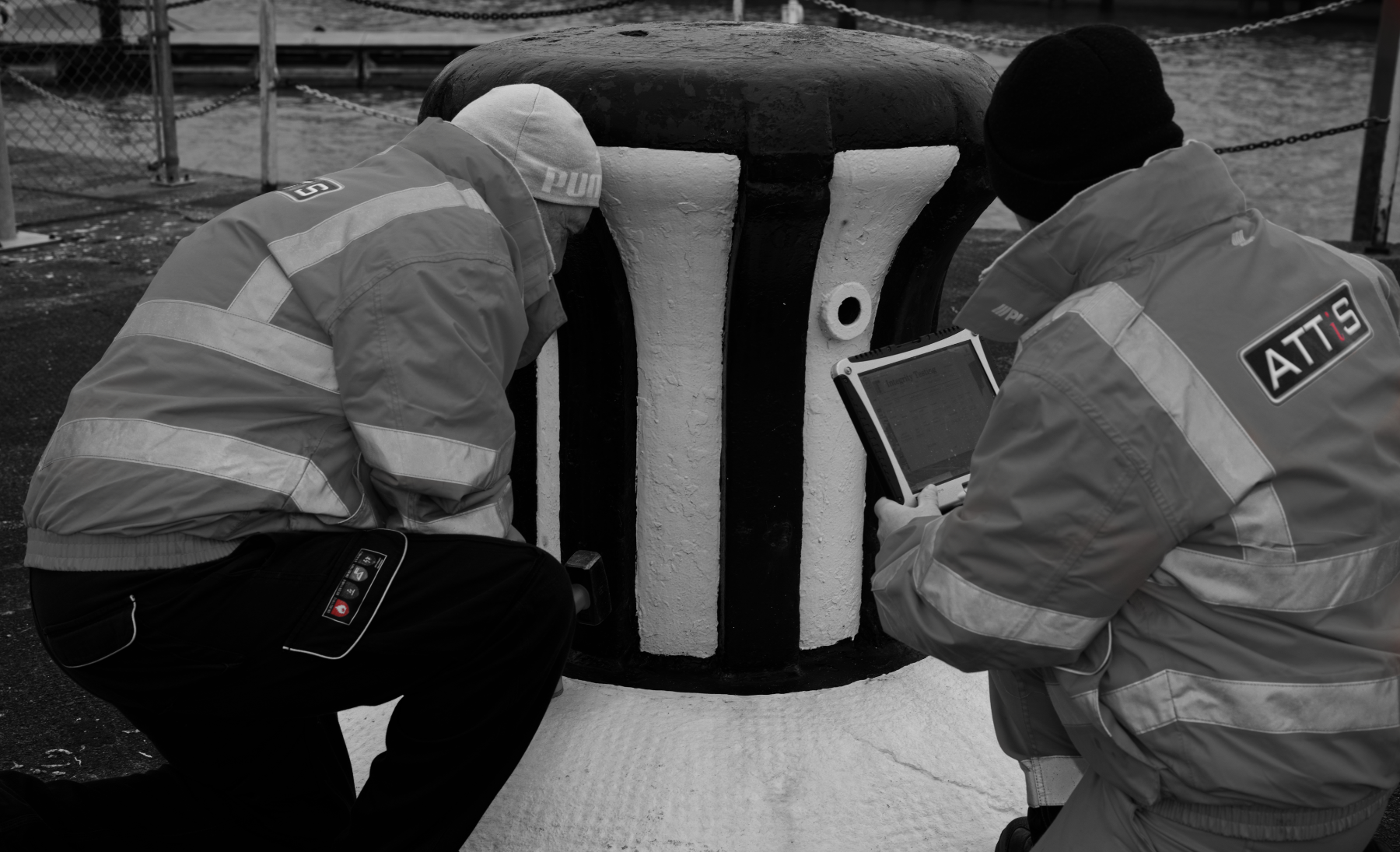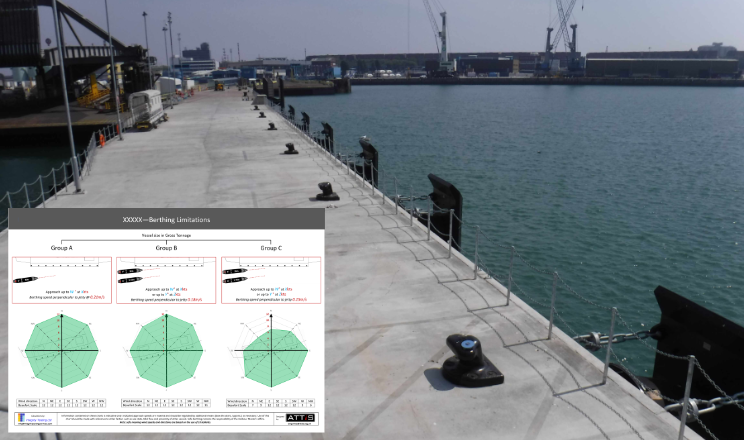Issues with clean air in electronics production rooms
David England

Apparent lack of fresh air
Attis were recently asked to examine complaints of a lack of ventilation in an electronics production facility. Obviously in these times of a pandemic, the apparent lack of fresh air in any workplace can be a cause of concern for workers. There is a great deal of guidance from both the HSE and Public Health England on the subject of ventilation but electronics manufacturing requires a specialized approach that is not perhaps immediately apparent. This particular location was, for example, compliant with electrostatic discharge (ESD) procedures but was not categorized as a cleanroom under the ISO standard.
The Workplace (Health, Safety and Welfare) Regulations 1992 require any workplace to be well-ventilated and in these current times of concern about Covid-19, the provision of fresh air for people at work has become all the more important. Fresh air does not destroy the virus but providing ample quantities indoors helps to flush the virus particles (known as virons) out of the air. It is not the fresh air that is important but the level of airflow that helps to prevent the spread of disease. Current guidance, therefore, recommends opening windows in workplaces (passive airflow) and increasing the amount of fresh air intake to air conditioning units (mechanical airflow).Opening windows, however, is not an option in electronics manufacture and assembly. The highly precise nature of the components and manufacturing process mean that potential contamination from dust and particulates coming from outside could ruin delicate devices. These types of facilities therefore rely on air conditioning systems almost exclusively to provide a suitable quantity and flow of clean air. The use of fans can assist with airflow but in the current pandemic their use is not advised by the NHS and Public Health England suggest using them only when pointed outwards towards an open window. And there are two other factors to consider: one affecting the quality of the electronics themselves and the other which can affect the personnel working in the facility.
Humidity is well known to be a factor in the ability of surfaces not only to retain a static charge but also to yield (discharge) it. Walking across a carpet in very dry air – say, 10% relative humidity (RH) – could develop a static charge of some 35kV but this reduces considerably to perhaps around 7.5kV at only 55% RH. But electronics manufacture is susceptible to high levels of RH as well as contamination as we have discussed. High humidity can lead to component corrosion and soldering defects which will affect product quality. Humans, too, are susceptible to very high and very low levels of humidity and both they and electronics tend to work best in the range of 30 to 70% RH.But what of virons (virus particles)? What effect does humidity have on them? A paper on the mechanistic insights on airborne influenza virus survival, transmission and incidence (Marr et al) published by The Royal Society suggests that the influenza virus’s ability to remain suspended in air can be affected by relative humidity. It should be remembered that influenza is a type of coronavirus similar to that which cause Covid-19.
Virons are suspended in moisture particles that are ejected when a person sneezes or coughs. At very high RH levels these particles remain at a relatively large size and can sink to the ground within a few minutes. As RH levels fall (the air becomes drier), the moisture particles reduce in size allowing the virons to remain suspended for up to several hours.
Added to all of this is the effect of various gases in the air which can cause tiredness, lack of concentration and even nausea. Gases like carbon monoxide (CO), carbon dioxide (CO2) and even low levels of oxygen can all affect a human’s ability to function correctly. Electrical equipment and machinery can also cause air to become ionized which in itself can affect the perceived quality of air in the workplace. Air that feels “stuffy” or “stale” might be overly ionized and this could be alleviated by an air ionizer. These devices, however, do not purify the air as such but instead cause particulates in the air to cling to surfaces, thus making the air “feel” fresher. Air ionizers may some bactericidal benefit too, which may be welcome during the current pandemic; however, they can also generate ozone (O3) which is in itself a noxious gas to humans.
- So what can be done to tackle air quality in electronics manufacturing? We would suggest the following:
- Ensure the workplace allows for a minimum of 11m3 of space per worker. This is a requirement of the Workplace (Health, Safety and Welfare) Regulations 1992 and the HSE suggest that maintaining at least this minimum can help to mitigate the effects of disease spread. Remember that ceiling heights above 3m should not be factored in.
- Set air conditioning units to maximum fresh air intake and possibly run the units for longer either side of the working day.
- Test workers and equipment regularly for ESD and also test and maintain any ESD equipment that you have installed.
- Test for levels of CO, CO2 and oxygen. CO is exhaled by humans at roughly 0 to 2ppm and is recommended not to exceed 9ppm. The EH40 8-hour exposure limit is 30ppm. CO2 is exhaled by humans and in a well-ventilated indoor environment should be in the range of 400 to 1000ppm although the HSE recommend an upper limit of 800ppm. Oxygen (O2) should be in the range of 19.5% to 23.5%. Normal ambient air contains 20.9% oxygen.
- Test for gases in a variety of locations in the facility to identify if there are any dead spots in the ventilation which may require additional temporary air conditioning units.
- Try to minimize the number of personnel moving in and out of the facility and consider if an air-conditioned antechamber may help with maintaining air quality in the facility.
- Test for relative humidity and establish if this is at the optimum level for both worker comfort and product quality. You may need to seek advice from the equipment manufacturer. Portable humidifiers or dehumidifiers could be deployed to correct excessive levels either way.
It’s also important to point out that if any air conditioning units are fitted with filters that require changing, they should be treated as a potential bio-hazard when being removed. Some studies suggest that the coronavirus Sars-Cov-2 which is responsible for Covid-19 can survive on certain surfaces for up to 15 days. Protecting maintenance personnel is therefore important.





